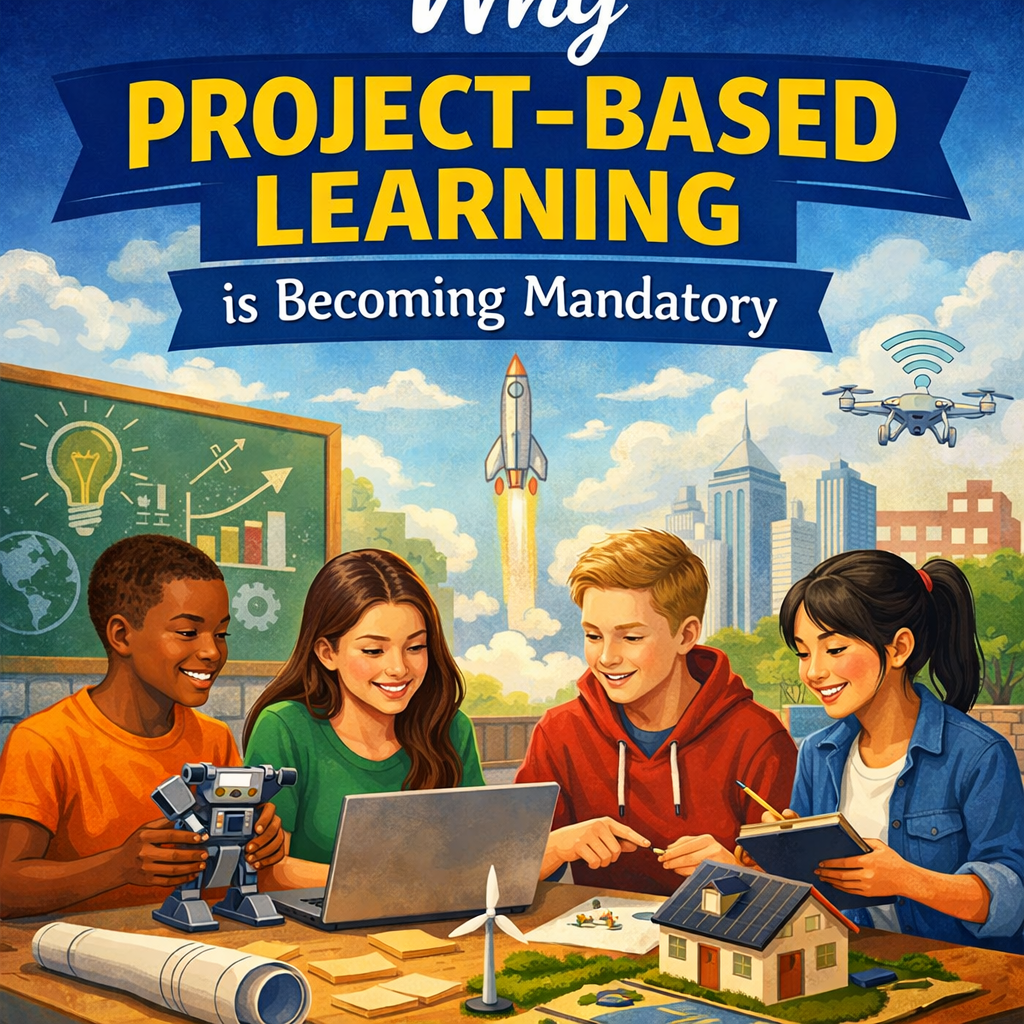Introduction
Everyone wants to earn more income, and they work very hard to achieve it.
Many people have jobs, but their earnings are not enough, which often leaves them feeling frustrated.
This article brings a golden opportunity for those who want to earn extra money alongside their regular job. It will introduce you to freelancing, through which you can easily earn passive income in addition to your main job.
This article is useful for everyone — whether you’re a student who wants to start freelancing, an employee looking to earn extra income, or someone who simply wants to become a freelancer.
Read it and grow your career easily.
What is Freelancing?
Freelancing means you are not a full-time employee of any company, instead you complete projects on the basis of your skills and take payment for the project.
In freelancing,
- You can choose your time to work on your own.
- Can work for multiple clients.
- You can keep our work from home or in a remote setup.
- You can earn according to your skills.
- Get global opportunities.
In simple words, freelancing is a type of independence to work, where you earn according to a project or an hour.
Building a Six-Figure Freelance Career from Scratch
1. Identify Your Skill & Niche for Your Career
The main step is to understand right niche options for yourself. Everyone has a different background and interest, so do not follow any niche blindly.
First, research industries related to your degree like if you are from a commerce background then search for finance marketing or HR fields and if you studied from a science background then explore in healthcare, data science, or technology sectors.
In today’s digital era, emerging niches such as digital marketing, data analysis, UX design, content writing, social media management, artificial intelligence, and cyber security are also growing fast.
There are thousands of categories on Fiverr — but you don’t need to go into all of them. Choose one niche where you’re strong. While selecting your niche, think about what truly interests you and which skill you can stay consistent with. For beginners, having a focused niche is best because it helps clients easily understand what you offer.
Exploration and experimentation are the most important at this stage. To explore the best niche, you need to try different options.
2. Choose the Right Platforms to Build Your Career
Choosing the right platform at the right stage of your career can make a huge difference. Why? Because every career stage has different needs — and every platform is designed to serve a specific purpose.
All platforms are useful — but their true impact is felt when used at the right time and stage of your career. Your career is a journey, and choosing the right platform at the right moment can be your fast-track ticket to success.
Every tool has its own unique features. You just need to find the best match based on your needs. Try 2–3 tools, then decide which one is the most helpful for you.
Overview of top freelance platforms;
It is a best job tool to find relevant jobs according to your skills and interests. It is a dynamic job search platform dedicated to connecting talented individuals with leading employers across various industries.
- Has user-friendly interface.
- Provide comprehensive resources to help job seekers find their ideal roles.
- Offer detailed job descriptions, including responsibilities, qualifications, and requirements.
- Ensure candidates have all the information they need to make informed career decisions.
Explore top job opportunities and advance your career with Best Job Tool.
- Best for beginners who want to attract clients fast.
- You create “gigs” offering specific services (e.g., “I will write a 1000-word blog post for $30”).
- Clients search and place orders directly.
- Pros: Easy to start, no proposals needed.
- Cons: Initial competition and low pricing until you build reputation.
- Works similarly to Upwork, where you bid for projects.
- Wide range of categories but can be very price-competitive.
- Good for building early experience.
- Focused on top professionals (only top 3% freelancers accepted).
- Ideal once you have strong experience and portfolio.
- Clients are high-paying companies or startups.
- Not a freelance marketplace, but a goldmine for professionals.
- You can get clients by posting about your work, engaging in discussions, and directly messaging potential clients.
- Great for building personal brand and long-term business relationships.
3. Craft a Winning Profile
Your profile is your digital first impression — it’s the first thing recruiters and potential employers check before contacting you. To make it effective, start with a professional profile picture and a clear, keyword-rich headline that reflects your role or target position (e.g., “Aspiring Digital Marketer | Content Creator | SEO Enthusiast”).
Let’s see in detail;
- Professional Profile Picture
Your profile photo is the first thing people notice. Make sure it’s:
- High quality (clear, not pixelated)
- Professionally dressed
- Friendly and approachable expression
- Clean background
Tip: Avoid selfies or party photos — go for a simple headshot with good lighting.
- Catchy & Clear Headline
Your headline doesn’t have to be just your job title. Use it to show your value, skills, and target role.
Examples:
“Content Writer | SEO Specialist | Helping Brands Grow with Engaging Content”
A good headline grabs attention and helps you appear in searches.
- Strong About Section (Summary)
This is where you tell your professional story. Use simple language to cover:
- Who you are
- Your top skills and experience
- Your goals or what you’re looking for
- A call to action (e.g., “Open to new opportunities” or “Let’s connect!”)
- Use short paragraphs or bullet points to make it easy to read.
- Experience & Roles
Don’t just list job titles — explain what you actually did. For each role:
- Mention your key responsibilities
- Highlight accomplishments
- Add numbers or results when possible
“Increased blog traffic by 60% in 6 months through SEO strategy and content updates.”
This helps recruiters understand your impact.
- Skills & Endorsements
Add relevant skills to your profile — focus on your top 10–15. Ask colleagues or past clients to endorse your top skills to build credibility.
Pro Tip: Match your skills to the jobs you’re targeting.
4. Pricing Strategy for Your Freelance Career
Deciding rates can be tricky for beginners. If your rate is higher then the client’s will hesitate and if you set it very low then they will see you as undervalued.
Tips for beginners to set the rate,
- Set a slightly competitive price in starting to start getting clients and reviews.
- Increase your rate as you will gain experience and get positive feedback.
- For example, if the average rate is $20 per hour then start with $10 per hour.
Trust and quality are very important on Upwork. You can increase rates confidently after getting three or four positive reviews.
5. Building a Personal Brand for Your Career
Personal brand is presenting ourselves in a unique professional identity. It is a combination of our skills, achievements, and experience that separates you from other candidates. Basically, whenever anyone hears your name, in their minds, your image should be clear and positive. This is the goal of personal branding.
Brand consistency means keeping the image tone, style, and message of your brand the same on every platform. From this, the audience can recognize you easily and will trust your brand.
For an example: if you are using a friendly and casual tone on Instagram, then you have to use the same tone on the website and on LinkedIn as well. Logo, colors, and messaging should be aligned. If you use a different look and tone on every platform, the audience can get confused and your brand value could be reduced. Consistency makes your brand identity strong and creates a loyal audience for the long term.
Staying relevant with industry trends
You have to be relevant to industry trends because the market and audience keep changing. If you use outdated ideas and styles, then you will fall behind the competition. To understand, you have to research the market, observe competitors, and take feedback from your audience. But do remember that following every trend blindly is not important; follow only those trends that match your brand values and the interests of your audience.
For example, if there is a trend of eco-friendly products and your brand is about the fashion industry, you can start using sustainable materials from this, and you will be seen as modern and relevant.
6. Start Small and Build Experience
Turning a good career doesn’t happen overnight — start small and grow steadily. Begin by treating it as a side hustle while gaining experience and understanding your audience. Take freelance or project-based opportunities to learn how the market works and to build confidence. In the beginning, offering free or discounted services can help you create your first portfolio and collect testimonials.
Every small project adds value, teaches new lessons, and strengthens your credibility. With time, consistency, and experience, your side hustle can evolve into a full-time, fulfilling career doing what you love.
7. Build Long-Term Relationships
Completing only one project on Upwork or on Fiverr should not be a goal. You get real success when you work with long-term clients. When a client is impressed with your work and professionalism then they will hire you again and that is when you create your steady income source. Long-term clients in freelancing are your foundation because they give you stability, trust, and consistent growth.
Tips to build long-term client relationships,
- Always deliver work before the deadline.
- Keep communication clear and professional.
- Take feedback positively.
- Offer improvements and extra value.
- Turn one-time project into your ongoing work.
- Maintain professionalism even after delivery.
A successful freelancer isn’t someone who just completes projects — it’s someone who builds trust and long-term connections with clients. When your client sees you as reliable, skilled, and professional, they hire you again.
Conclusion
In this article, we explored every step you need to build a successful freelance career from the ground up — from identifying your skills and creating a strong portfolio to choosing the right freelance platforms, finding clients, and scaling your income.
You’ve learned how to start even without experience, how to price your work confidently, build lasting client relationships, and create a personal brand that attracts high-paying opportunities.
By following these strategies consistently, you can turn freelancing into a sustainable and profitable career. Remember, every six-figure freelancer once started with zero clients and a single skill — what made the difference was persistence, quality, and smart positioning.
If you apply what you’ve learned here step by step, you’ll not only earn more but also enjoy the freedom, flexibility, and satisfaction that come with being your own boss.







Leave a Reply